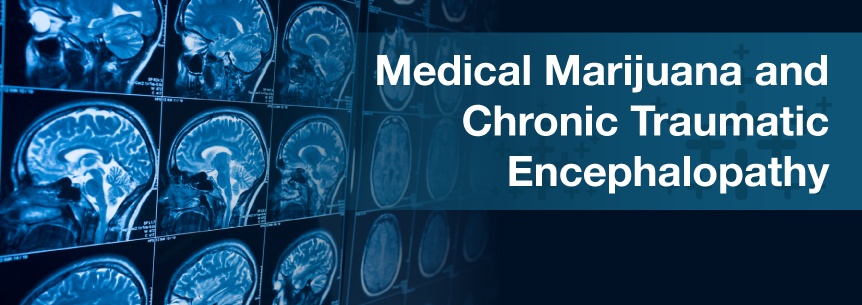
After a brain injury, you or your loved one may be exploring potential treatment for its symptoms. And one option that could be a potential treatment for the symptoms of chronic traumatic encephalopathy (CTE) is cannabis. Researchers are now studying medical marijuana and chronic traumatic encephalopathy and are finding some good results for symptom relief.
Your endocannabinoid system (ECS) plays a significant role in the management of:
Your ECS is the largest neurotransmitter system in your body. The active compounds THC and CBD in cannabis engage your ECS, giving them therapeutic effects. Although there’s limited research on the effects cannabinoids have on CTE, some research does demonstrate they could reduce the brain’s oxidative stress following a traumatic brain injury. They also work like a neuroprotectant, reducing neurological impairment and swelling, thereby reducing damage to the brain and facilitating recovery.
Many companies are studying the possible neuroprotective properties of cannabinoids. Additionally, the U.S. Department of Health filed Patent No. 6630507 asserting CBD is a neuroprotective antioxidant. This patent affirms cannabinoids can prevent brain trauma damage.
Find A Doctor Find A Dispensary
Medical marijuana seems to help with certain CTE symptoms such as:
Some people with chronic traumatic encephalopathy might also suffer from the disease’s more severe form — chronic traumatic encephalomyopathy (CTEM). CTEM results in the following symptoms which are characteristic of Lou Gehrig’s disease, amyotrophic lateral sclerosis and those of CTE:
A Canadian study found cannabinoids reduced depressive and anxious behavior and stimulated neuron growth in newborn rats because they prevent brain inflammation and are naturally-occurring antioxidants.
The State of Ohio has approved chronic traumatic encephalopathy as a qualifying condition for the use of medical marijuana by patients who are recommended for it.
Researchers are studying Charlotte’s Web Hemp extracts to help with CTE.
Other marijuana and chronic traumatic encephalopathy strains are as follows:
Another factor in your medical cannabis for chronic traumatic encephalopathy treatment is the ingestion method. A few popular ingestion methods are:
Smoking medical weed results in heating the plant to release the cannabinoids. When you smoke, you’ll feel the herb’s effects immediately. But smoking can cause lung problems since it creates byproducts and might not be the best method for individuals with traumatic brain injuries.
Vaping is a smoking alternative. Vape devices heat the cannabis to a lower temperature than when it’s smoked and doesn’t release as many byproducts as does smoking. You’ll still feel instant effects.
Consuming your cannabis treatment as an edible is another option. You can pick from a wide variety of foods infused with cannabis such as ice cream, cookies and popcorn. Edibles benefit you by providing longer lasting effects — much longer than vaping or smoking — but it takes longer to feel the effects.
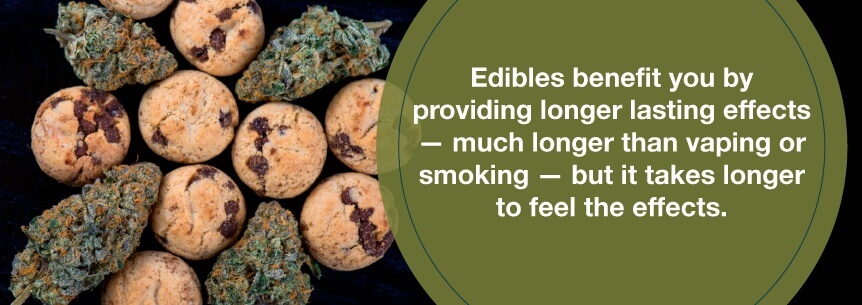
If you’re seeking additional information on marijuana for chronic traumatic encephalopathy and want to learn more about how to receive a recommendation, search for a reputable cannabis doctor and local dispensary. You can also sign up for our newsletter to receive medical marijuana reports, news stories, free giveaways and discounts.
Find A Doctor Find A Dispensary
CTE is a brain disease resulting from repetitive head injuries, possibly including concussions. Athletes playing contact sports, like ice hockey or football, can be affected. The condition occurs from cumulative damage, typically presenting years later.
The repetitive brain trauma triggers progressive brain tissue degeneration, including tau — abnormal protein — build-up. These brain changes often begin at the end of active, athletic involvement or the last brain trauma and continue for months or years afterward — even decades.
While researchers haven’t found a cure for CTE, you can take steps to prevent the disease. Even if you’ve suffered a head injury several times, it doesn’t mean you’ll end up with the condition. But knowing the signs and symptoms and what to watch out for can help.
Repetitive head blows, including concussions, trigger a slow series of episodes potentially resulting in brain problems. They may also lead to a tau build-up, which physicians see in Alzheimer’s patients’ brains.
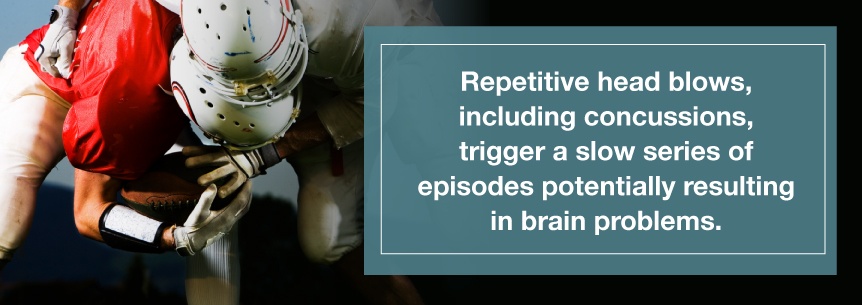
However, this protein buildup isn’t necessarily all bad. In fact, it can stabilize the cells of your brain. But when a tau build-up occurs due to brain impact, it can clump and tangle together, slowly killing neurons. Clumped tau can also spread to your other cells, making it more difficult for your brain to function and potentially leading to CTE.
Because everybody with a brain trauma history doesn’t get CTE, researchers believe genetics and other factors could play a possible role. Head impacts, however, are one believed cause.
Since the 1920s CTE has been affecting boxers and was initially called dementia pugilistica or punch-drunk syndrome.
Recently, published reports of neuropathologically verified CTE seen in other athletes, like hockey and football players and wrestlers — both active and retired — and military veterans with a repetitive brain trauma history. Professional athletes aren’t the only players found with CTE. Medical professionals found CTE in high school and college graduate athletes who were no longer playing sports.
A few risk factors increase a person’s risk of developing CTE more than others:
There could also be other potential risk factors, such as potential genetic differences, not yet discovered, which may make certain individuals more susceptible to developing chronic traumatic encephalopathy than others. More research will help scientists determine these potential risk factors, and help them learn how to prevent and treat the condition.
In 1928, Dr. Harrison Martland was the first to describe CTE when he said a group of boxers had “punch drunk syndrome.”
A British Medical Journal 1950 editorial claimed CTE wasn’t just one syndrome, but instead was two types of chronic impairment with either neurological-psychiatric or behavioral-psychopathic features.
Reports claimed the neurological-psychiatric subtype involved dementia, cognitive deficits and motor impairment. In contrast, the behavioral-psychopathic subtype involved “murder committed from jealousy,” “viciousness” and “delinquency.”
Other descriptions named three general subtypes:
The editorial also described three commonly recurring CTE presentations resembling, but also distinguished from:
A fourth presentation was later added — striatal parkinsonian: tremor and masked facial features.
A few researchers, over the following decades, reported similar findings in both victims and boxers with brain trauma, but there were fewer than 50 confirmed cases between 1928 and 2004.
Bennet Omalu, a pathologist, published the first CTE evidence in 2005 in former Pittsburgh Steeler football player Mike Webster. Soon after, Boston University, the Concussion Legacy Foundation and the U.S. Department of Veterans Affairs all partnered together to form the VA-BU-CLF Brain Bank which Dr. Ann McKee led. Since then, the Brain Bank has transformed our understanding of the condition with over 500 donated brains in which 300 found to have chronic traumatic encephalopathy.
Some potential symptoms and signs of CTE might include:
Additional suspected symptoms might include:
A complete symptom list based on individuals with CTE at autopsy remains unclear. Also unclear today is how CTE definitively progresses.
Researchers and doctors believe CTE causes atrophy — parts of the brain waste away. Injuries to the portion of nerve cells conducting electrical impulses impact cell communication.
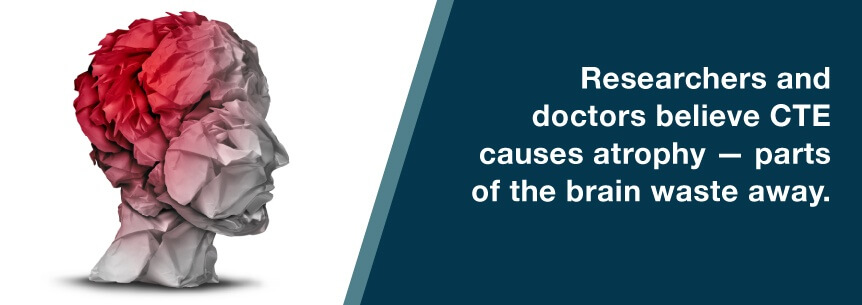
Individuals with chronic traumatic encephalopathy could potentially show signs and symptoms of other neurodegenerative diseases, like amyotrophic lateral sclerosis (ALS), Alzheimer’s disease or frontotemporal dementia.
CTE leads to a progressive decline of cognition and memory. It may also lead to mental effects such as:
According to the medical journal JAMA:
At present, doctors can only diagnose CTE conclusively through brain tissue analysis after death. Doctors with a brain disease specialty cut into brain tissue and make the tau clumps noticeable using particular chemicals. Then they search different brain areas systematically for tau clumps having a CTE specific pattern.
It can take a few months to complete the process, and the analysis isn’t usually carried out as part of a standard autopsy. Actually, until now, there weren’t many doctors who knew how to diagnose chronic traumatic encephalopathy.
There is no treatment for this degenerative, progressive brain disease. The best course of action seems to be prevention. Team players should become familiar with concussion symptoms and speak up if they suspect they or one of their teammates has a concussion. While preventing head injury is the current approach, there needs to be more research on different treatments. Staying updated on the latest recommendations for brain injury detection and management is important as well.
If you’ve recovered from a concussion, you should take care of yourself to prevent any additional injuries. Certain things you should do if your symptoms return are:
Doctors say it’s particularly important to avoid another concussion before your first concussion heals. This is referred to as second impact syndrome, and it could lead to death or permanent brain damage.
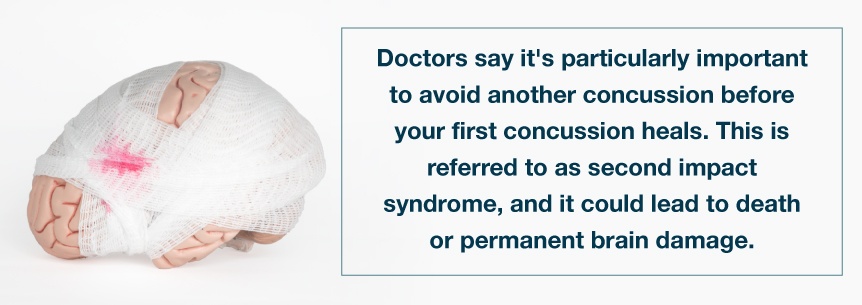
Caregivers can help their loved one with CTE symptoms, or their loved one might benefit from supportive care like that of dementia patients. Other things caregivers can help with include:
VA-BU-CLF Brain Bank researchers and the National Institutes of Health (NIH) collaborated to develop CTE diagnostic criteria to assist neuropathologists familiar with brain diseases to diagnose CTE accurately. Because of this important work, more and more scientists are looking for CTE which accelerates progress.
A few major research initiatives are taking place to help researchers and doctors learn more about the patterns, brain changes and diagnosis of injury potentially implicated in CTE so they may develop new strategies for diagnosis, treatment and prevention. The Alzheimer’s Association, to date, has invested over $2 million for brain injury research, including CTE.


Please allow us to access your location to find local dispensaries.
VIEW ALL DISPENSARIES ➔